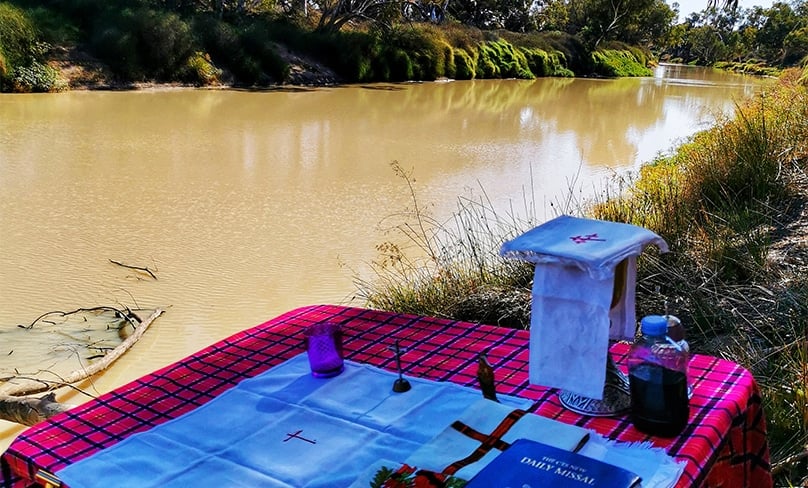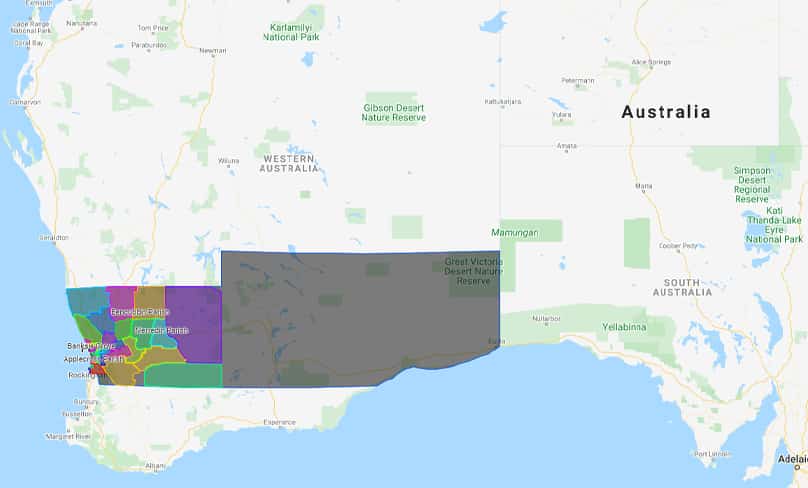
I was hoping that the recent Plenary Council sessions would grapple with some hard statistical facts about the Church in Australia. This is becoming a critical issue.
Here’s why. In early October this year, Archbishop Dennis Schnurr of Cincinnati released an archdiocesan restructuring plan to reduce the number of parishes by 70%.
It’s called Beacons of Light, and it proposes a model with several priests living together and working in a specific zone of the diocese.
Archbishop Schnurr, his clergy, and some consultants undertook a thorough review. They used data from parishes and schools for the last 5 – 10 years (leaving out the killer year of 2020). They also used: the number of weekend Masses, church seating capacity, Mass attendance, parish records, number of Catholic households, Catholic school enrolments, parish and school finances, and projected number of priests available over the next ten years.
“Our current infrastructure and schedules were built for a different era. … As a result, most of our church buildings are grossly underutilized, our priests are stretched to the limit, and many of our parishes are not the vibrant communities of faith Catholics need them to be.”
In other words, all the information you need to make some very tough decisions. The bishop also put the whole thing out to comments and feedback from the people, which closed on 20 October.
Schnurr’s team found that “Our current infrastructure and schedules were built for a different era. … As a result, most of our church buildings are grossly underutilized, our priests are stretched to the limit, and many of our parishes are not the vibrant communities of faith Catholics need them to be.”
For example, they found that between 2010 and 2019, Mass attendance as a percentage of total registered parishioners fell from 35.5 per cent to 29.6 per cent.

In Australia, many parishes would be thrilled to have that proportion of their nominally Catholic people at Sunday Mass.
The new plan will close most churches in each zone of the Archdiocese, replacing these with priest-led hubs serving a much bigger parish area with fewer and larger church buildings. This will create larger congregations at all Masses.
Schnurr acknowledges that the celebration of Mass is what makes a parish. The idea is to keep the Catholic community attending Mass celebrated by priests.
It will allow a small team of priests to share the ministry load, rather than one exhausted priest driving all over a large area to say multiple Masses. This will also re-connect churchgoing Catholics with one another, rather than keeping a string of tiny struggling boutique parishes open with lay ‘leaders’.
“… in the Archdiocese of Perth a small team of priests serves the colossal parish of Kalgoorlie/Boulder with four regular Mass centres and at least four remote circuit centres.”
Schnurr’s draft plan is a sensible response to some terrible realities which we are still struggling with in Australia. There seemed to be little appetite at the Plenary Council for facing this kind of reality.
A plan like this might not work in a rural or remote diocese. Having said that, in the Archdiocese of Perth a small team of priests serves the colossal parish of Kalgoorlie/Boulder with four regular Mass centres and at least four remote circuit centres.
But most Australian Catholics who go to Mass regularly also live in urban dioceses like Cincinnati. It’s worth watching to see how Schnurr’s plan evolves in real life.
Related Articles:
